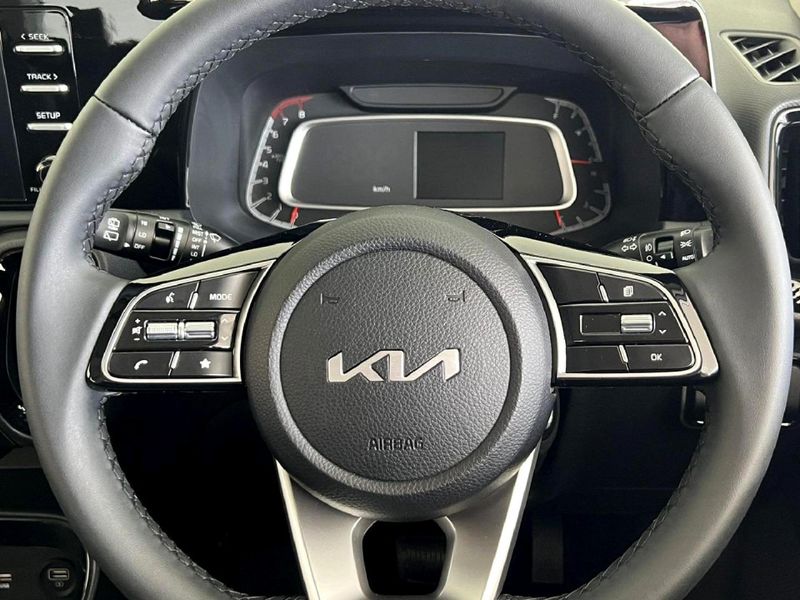

If you look at the power output curve for the car without a CVT, you can see this to be true. That's because the CVT converts every point on the engine's operating curve to a corresponding point on its own operating curve.
#Auto cvt manual#
In theory, a car with a CVT should reach 60 mph (100 km/hr) 25-percent faster than the same car with the same engine and a manual transmission. Then, a moment later, the transmission kicks in, accelerating the car slowly, steadily and without any shifts. The engine revs up toward the rpms at which it produces the most power, and then it stays there. When you step on the gas pedal of a car with a continuously variable transmission, you notice the difference immediately. In all of these applications, the transmissions have relied on high-density rubber belts, which can slip and stretch, thereby reducing their efficiency. They've also been used in a variety of vehicles, including tractors, snowmobiles and motor scooters. CVTs have been used for years in power tools and drill presses. The simplicity and stepless nature of CVTs make them an ideal transmission for a variety of machines and devices, not just cars. For example, when the pitch radius is small on the driving pulley and large on the driven pulley, then the rotational speed of the driven pulley decreases, resulting in a lower “gear.” When the pitch radius is large on the driving pulley and small on the driven pulley, then the rotational speed of the driven pulley increases, resulting in a higher “gear.” Thus, in theory, a CVT has an infinite number of "gears" that it can run through at any time, at any engine or vehicle speed. As the two pulleys change their radii relative to one another, they create an infinite number of gear ratios - from low to high and everything in between. When one pulley increases its radius, the other decreases its radius to keep the belt tight. As an output pulley, the driven pulley transfers energy to the driveshaft. The second pulley is called the driven pulley because the first pulley is turning it. The driving pulley is also called the input pulley because it's where the energy from the engine enters the transmission. One of the pulleys, known as the drive pulley (or driving pulley), is connected to the crankshaft of the engine.

Variable-diameter pulleys must always come in pairs. CVTs may use hydraulic pressure, centrifugal force or spring tension to create the force necessary to adjust the pulley halves. When the cones are close together (when the diameter decreases), the belt rides higher in the groove, and the radius of the belt loop going around the pulley gets larger. When the two cones of the pulley are far apart (when the diameter increases), the belt rides lower in the groove, and the radius of the belt loop going around the pulley gets smaller. V-belts get their name from the fact that the belts bear a V-shaped cross section, which increases the frictional grip of the belt. V-belts are preferred if the belt is made of rubber. A belt rides in the groove between the two cones. Each pulley is made of two 20-degree cones facing each other. The variable-diameter pulleys are the heart of a CVT. The gears can be engaged manually or automatically. So the transmission uses a range of gears - from low to high - to make more effective use of the engine's torque as driving conditions change. The latter car, on the other hand, would fly at 80 mph down the highway, but it would have almost no acceleration when starting out and wouldn't be able to climb hills. The former car would accelerate well from a complete stop and would be able to climb a steep hill, but its top speed would be limited to just a few miles an hour. Imagine for a moment driving a car that only had first gear or a car that only had third gear. In other words, without a transmission, cars would only have one gear - the gear that would allow the car to travel at the desired top speed. If you've read about the structure and function of automatic transmissions in How Automatic Transmissions Work, then you know that the job of the transmission is to change the speed ratio between the engine and the wheels of an automobile.


 0 kommentar(er)
0 kommentar(er)
